Jaguar plans to beat Audi, BMW and Mercedes-Benz at their own game by launching a new offensive which will result in four new models by 2018, says JLR's new strategy boss.
Speaking to Autocar, Adrian Hallmark promised that Jaguar would break out of its also-ran status in the global premium car market when it launches its new compact saloon in 2015, and will “build the most advanced, most efficient, most refined car in that segment. Not almost as good as, but better than the best in the world”.
He added: “It will look and drive like a Jaguar, be filled with the highest technology that anyone has ever brought to that segment, and have the most efficient engines and the most refined feel in its class.”
Codenamed X760, the new all-aluminium saloon will be joined by an estate and an SUV (smaller than the recently unveiled C-X17 concept). It’s thought that there are also outline plans for a coupé variant and possibly a hatchback in the style of BMW’s GT models.
According to a JLR executive quoted by automotive analysts in a recent Bernstein Research report, the new baby Jaguar project is the brand’s last chance. “This is the only choice as Jaguar is not viable at 60,000 units [per year]. If the X760 fails, it will be probably be the end for the brand.”
However, all the signs are that the baby Jaguar project will not be a failure, especially as its financial viability will be propped up by the production of a new Range Rover Evoque XL, based on the same aluminium architecture as the Jaguar models. The Evoque XL will add much-needed volume and healthy profit margins.
The compact premium segment that Jaguar wants to break into is set to grow by another half a million sales by the end of the decade.
According to figures from London-based analyst ISI Auto, the global market for compact premium cars is currently dominated by the three German premium brands. Between them, the BMW 3-series family, Mercedes-Benz C-Class and Audi A4 are expected to sell 1.15 million units next year, the majority of the total market segment sales of 1.3 million.
These figures show the huge uphill struggle that has faced Japanese premium brands Lexus and Infiniti, but they also provide hope for Jaguar. While Japanese brands and Cadillac could account for just 147,000 sales globally next year in this segment, Jaguar’s arrival in 2015 could finally shake it up.
If Jaguar could steal just five per cent of sales, it would hit 80,000 units for the new saloon and estate. In the medium term, Jaguar could also launch a compact coupé, which could edge the road car family towards six-figure sales. Of course, X761, the Jaguar SUV — which, in production form, will be sized to compete with the BMW X3 and X4 — will add further volume.
Bernstein analysts think that X761 should achieve sales of about 50,000 units per year. That would mean total production volumes of 130,000 for small Jaguars in the medium term. Adding the Evoque XL, at 80,000 units, would give the new Solihull production line healthy annual output of over 200,000 units.
The longer-term aims for the small Jaguar are enhanced by ISI Auto estimates, which suggest that the global compact premium market will increase by another 400,000 units by 2020 to 1.7 million units, a 30 per cent rise on the expected 2014 total.
This sector is both ultra-competitive and dominated by three well established German rivals. However, Jaguar bosses think that they will hit their sales targets because of three major engineering advantages.
First, the compact Jaguar will be made entirely of aluminium, giving it a decisive lead in weight saving. Second, the rear-drive running gear has been designed from scratch to allow the Jaguar to be given extremely precise handling characteristics. Third, the Jaguars will be launched with a new range of JLR-designed, state-of-the-art, powerful and super-frugal engines.
The compact Jaguar could hardly be better prepared for breaking into the compact premium market. The only possible variable is the styling, but Jaguar design director Ian Callum and his team are pushing at an open door, considering the relative conservatism and familiarity of the current 3-series.
X760 is set to arrive in early 2015 (after appearing in showroom guise at the Paris show in September next year), which will be around the same time as the all-new Mercedes-Benz C-Class and shortly before the new Audi A4.
The estate is expected in early 2016, followed a short time later by the SUV. If the X760 project goes well, a two-door coupé version could be in showrooms in 2018, around the same time as the saloon will get a light refresh.
Senior JLR engineers have told Autocar that the compact Jaguar will have an emphasis on handling, following in the footsteps of the more focused Jaguar F-Type and recent racier versions of the Jaguar XF.
The combination of details such as aluminium suspension components and a very stiff aluminium structure (which is both riveted and bonded) provide, on paper, an ideal basis for a car that is more driver focused than the 3-series and more technically advanced than the A4.
According to Kevin Stride, a Jaguar vehicle line director, the new Jaguar architecture has been engineered from scratch to allow not only the proportions and low-bonnet look desired by the design team but also double wishbone front suspension, which should help to deliver optimum steering precision.
Work on the new Jaguar architecture began in early 2010. “We started planning our future portfolio and which markets we wanted to go into, so we needed to know what architecture we needed,” said Stride.
“The most important thing was to grow the brand with genuinely appealing products — authentic, genuine Jaguars.”
Stride says it took “many, many hours to choose the way we went, but we’re very confident [the new architecture] will deliver the ride, refinement, the luxury, plus the agility, the steering connection feel.
“We’ve been learning loads over the last few years with F-type, about what makes the right level of steering precision. So with the [platform’s] front upright, for example, we know precisely the way in which you need to measure its stiffness to contribute to a steering feel that feels a bit like an F-type, even though there are probably 200 engineering measures from that point to when you’re holding the wheel and more.
“We selected a suspension architecture that, whichever the classes of cars that we’re even thinking about, we know we’ll deliver an uncompromised product in that class. Not everybody has that luxury.”
The X760 project is in stark contrast to the previous two occasions on which Jaguar has tried to break into German-dominated markets. The 1998 S-type was based on a cheaply engineered, US-sourced Lincoln platform, which proved inadequate against the BMW 5-series, as did its retro styling.
The 2001 X-type was based on a beefed-up version of the original Ford Mondeo platform, but it also suffered conservative styling as well as a lack of diesel engines and, initially, alternative body styles.
However, this time Jaguar is coming at the compact premium market with a complete bespoke and freshly engineered car. It is surely Jaguar’s best and last chance to become a true global player.

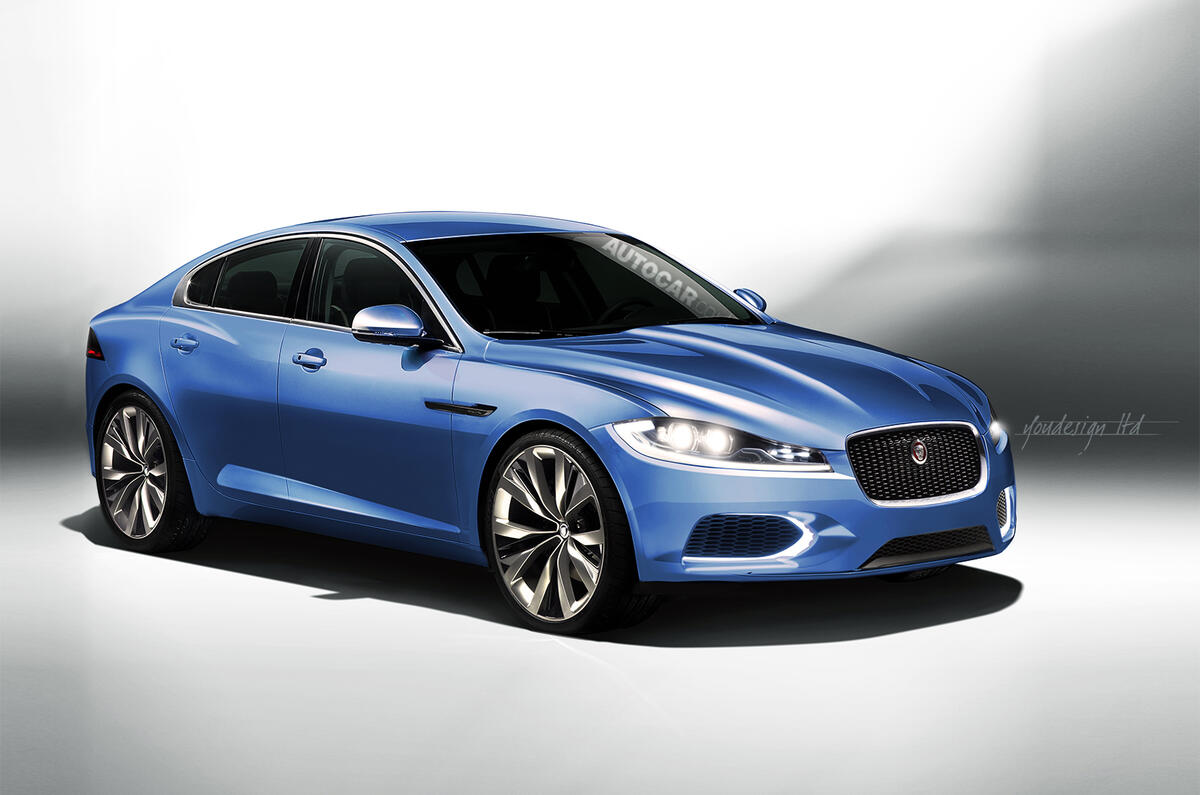

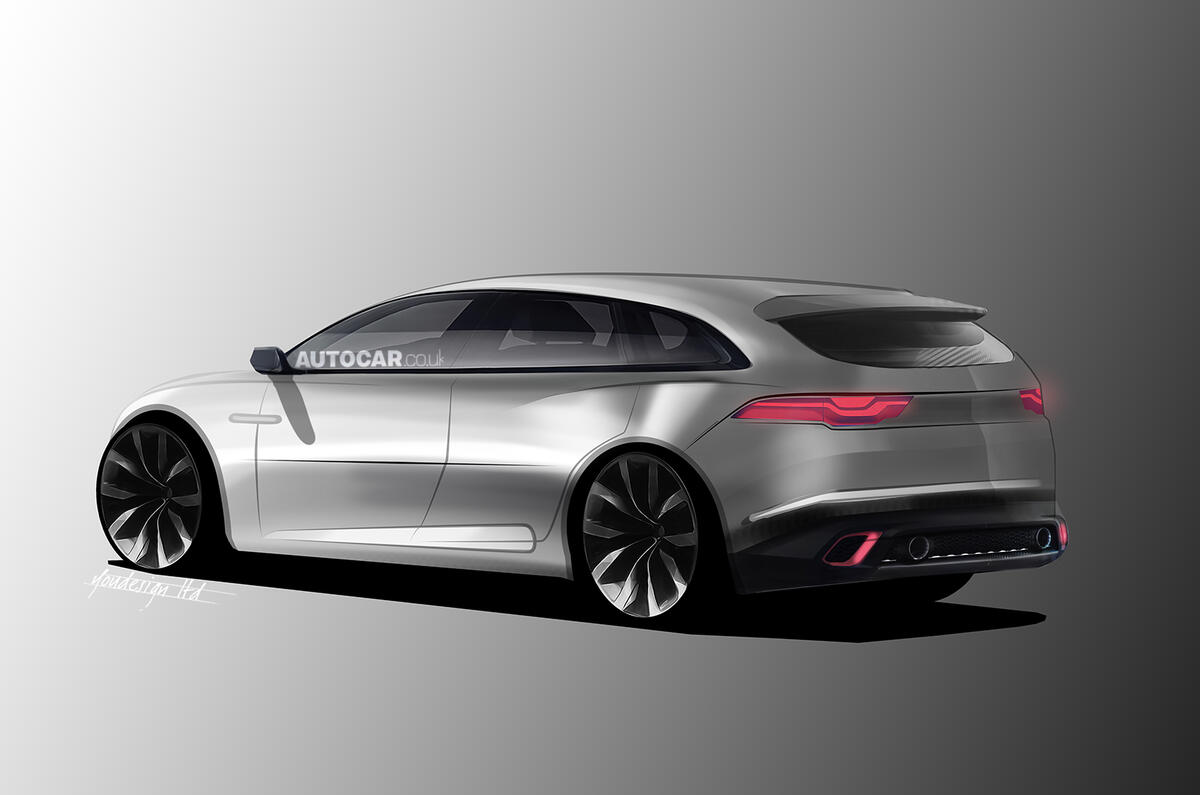
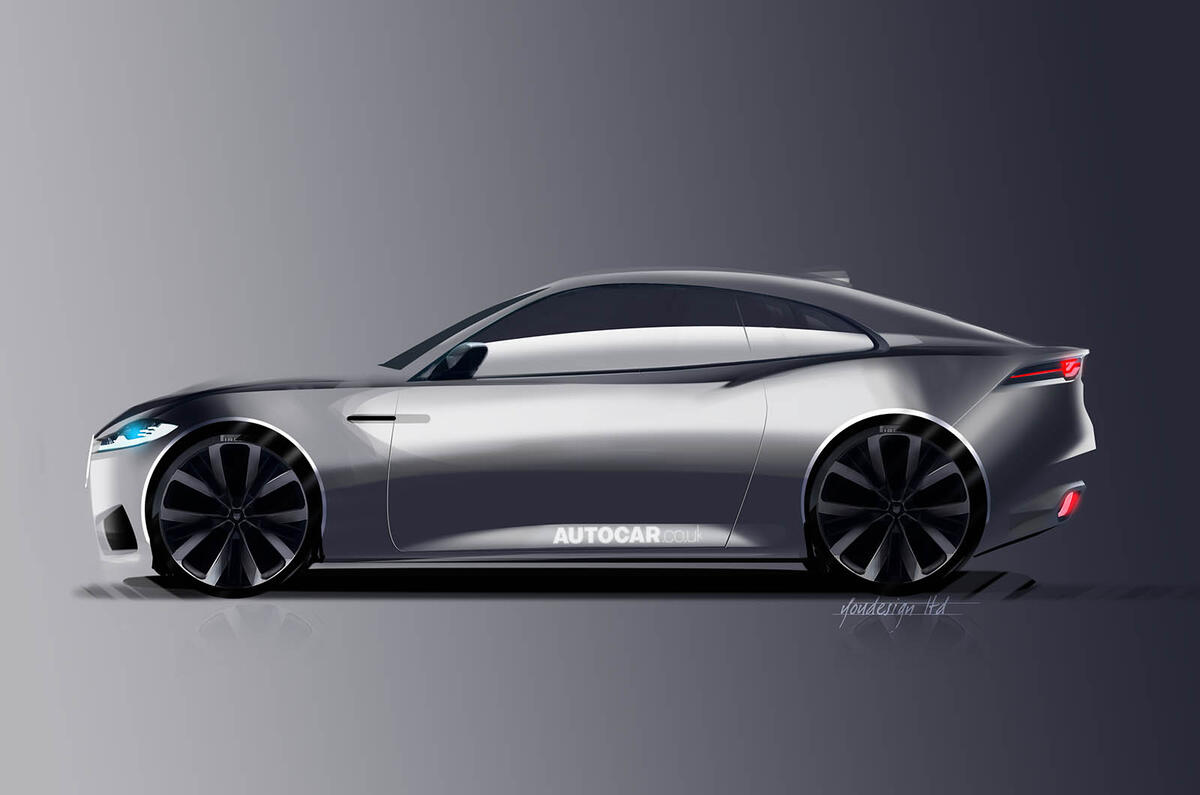


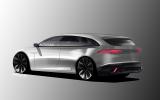
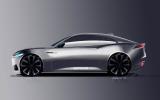


Join the debate
Add your comment
Sales success and engine options
There are many comments on here about Jaguar sales volumes, but as I recall a recent article indicated that year-to-date sales volumes are up 28%. I would consider this to be a success. It is true that the top three German brands sell much higher volumes, but they are larger companies with a much bigger product portfolio. If you include Landrover with Jaguar (to replicate the SUV ranges of the German three) then sales volumes are significantly higher, though less than 400,000 units per year.
It is interesting to compare Jaguar with Maserati. Jaguar have had an annual sales volume of circa 50,000 units with a large saloon (XJ), mid-sized saloon (XF) and GT (XK). Obviously the F-type and XF Estate have added to these volumes. Maserati are aiming for annual sales of 50,000 per year with a large saloon (Quatroporte), mid-sized saloon (Ghibli) and GT car (Grantourismo). There seem to be very strong parallels between what these companies stand for, their product ranges and their sales volumes.
As for the usual ridiculous comments of "one car is great and another is junk", they are just that, ridiculous. The reality is that in objective terms, modern cars are far more capable than most users actually need; whether we want to buy a particular car depends upon factors such as styling, practicality, pricing (and finance options) and brand perception. You could buy any mid-sized saloon, be it 5-series, E-
class, A6, GS, M37 or XF and it will be a very capable car.
As for the new compact saloon, this is a car that I would potentially be very interested in. I say potentially because it depends very much what engine line up is available. Unfortunately, in the UK, Jaguar (and Landrover) do not offer a petrol engined variant of their cars at the more affordable end of the range-this is in stark contrast with the Germans and Lexus. The cheapest Petrol Jaguar (in the UK) is the £47k 3.0 supercharged XF premium luxury. In the USA you can get the XF with the 2.0 ecoboost inline 4 for much less-it is a similar story with Landrover.
I know that JLR have to offer diesels for company car drivers and skin flints, but there are many people who want a smooth, refined engine that won't be a nightmare when it gets older, nor do they want to have to purchase a car with massive horsepower at the top of the range.
Ideally I would like to see the new small saloon offered with the following line up:
Entry level
2.0 turbo in-line 4 petrol circa 200 bhp with 6 sp M or 8 speed auto.
2.0 turbo in-line 4 petrol with 250-270 bhp with the same gearbox options but with choice of RWD or 4WD.
3.0 petrol V6 supercharged (340 bhp) with standard suspension and 8 speed auto (choice of RWD or AWD).
3.0 supercharged petrol auto S with 380-400 bhp, 6 speed manual or 8 speed quick shift auto gearbox (as per F-type), to have uprated chassis etc.
R variant with supercharged V8 at circa 500 BHP.
More extreme V8 model as a halo car eventually.
What we will probably end up with is the top petrol engined models offered with auto only and the rest of the UK range being diesel, in which case I will probably be buying a BMW or a Lexus. However I would much rather buy a UK manufactured car from Jaguar if they offered me a power train option that I want and at a sensible price.
Sick and tired of Jaguar?
I think I get the same feeling every morning when I make that laborious journey to work down the M25 and i'm stuck behind numerous bland Audis, Beamers or Mercs. Only broken now and again when I see an Alfa or a Jag. Sick and tired of Jaguar? No. Thank god for Jaguar more like.
Eh! “jonboy”, do you work for Jaguar ?!
Eh! “jonboy”, tell us what you really think!
Please . . . don’t hold back!!
No one has said they want Jaguar to fail, and disappear. It is a testament to the goodwill that still surrounds the company, that so many folk are concerned enough to contribute their comments, to a web-site such as this.
You seem to think that the current mediocre performance by Jaguar is acceptable! Even though this mediocre performance is in spite of the greatest financial, technological, and infrastructure investment they have ever enjoyed - and which has resulted in the greatest number of vehicles (on sale at the one time), that Jaguar has ever brought to the market place!
All the (other) comments so far on this thread, have been positive and constructive.
The final paragraph of my initial post was . . .
Do you work for Jaguar ?!